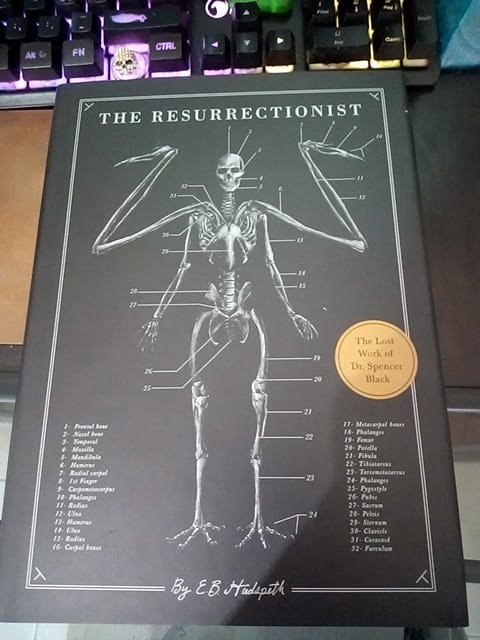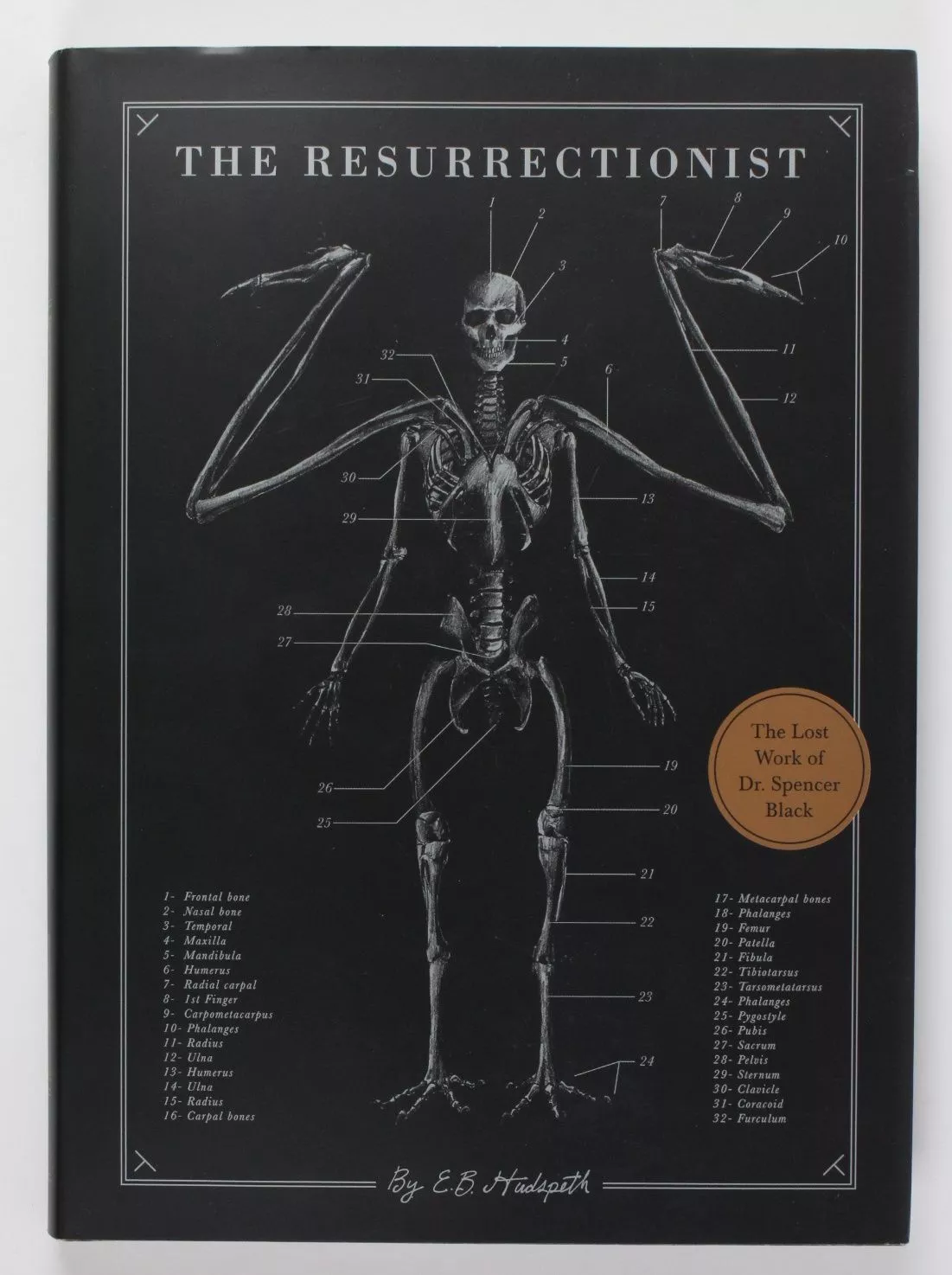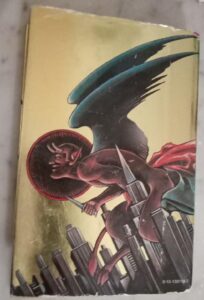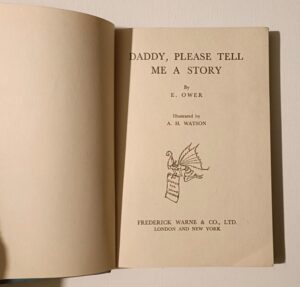The Resurrectionist : A Glimpse into the Mind of Dr. Spencer Black
Spotlighting the twisted “black” genius…

Imagine a world where the line between myth and science dissolves into a shadowy haze. That’s the realm of The Resurrectionist, a book that’s equal parts gothic tale and anatomical wonder. At its heart is Dr. Spencer Black, a 19th-century Philadelphia surgeon whose life story reads like a descent into a beautifully deranged abyss. Born to a grave-robbing father, young Spencer’s fascination with death morphs into an obsession: he believes creatures like mermaids, minotaurs, and dragons aren’t just legends—they’re humanity’s long-lost kin, extinguished branches on our evolutionary tree. This isn’t some half-baked theory; it’s the cornerstone of his life’s work, The Codex Extinct Animalia, a jaw-dropping catalog of these beings’ anatomies, illustrated with a precision that could rival any medical textbook.
The book splits into two haunting halves. First, there’s the biography of Dr. Black—a compact, eerie narrative that follows his journey from prodigy to pariah. His experiments grow darker, his reputation crumbles, and his sanity frays as he chases his vision of stitching myth back into reality. Then comes the Codex itself, where Hudspeth’s artistry takes center stage. Page after page, you’re hit with skeletal frameworks of centaurs, muscle maps of harpies, and cross-sections of dragons—each so meticulously drawn that you half-believe they once roamed the earth. It’s a wild ride, blending the grotesque with the gorgeous, and it’s impossible to look away.
What makes The Resurrectionist stand out? It’s the audacity of it all. Dr. Black isn’t just a character; he’s a mad maestro conducting a symphony of bones and ink. The biography sets a chilling tone—think Edgar Allan Poe meets Frankenstein—while the Codex turns that vibe into a visual spectacle. Hudspeth doesn’t just doodle some fantasy critters; he dissects them with a scientist’s eye, making you question what’s real and what’s not. The oversized pages and crisp printing scream quality, turning this into a book you don’t just read—you display it like a relic from some alternate universe.
It’s not perfect—the biography’s brevity might leave you wanting more of Dr. Black’s unhinged brilliance—but that’s a minor quibble. This is a book for anyone who loves the weird, the dark, or the downright bizarre. It’s a love letter to the freaks and dreamers who see the world differently, wrapped in a package that’s as much art as it is literature.
Now, let’s talk about that first hardback edition from 2013. Fresh off the press, it’s still a young collectible, but don’t sleep on it. The Resurrectionist has all the makings of a cult classic: a niche vibe that hooks fans of dark fantasy, horror, and anatomy geekery, plus a format that’s pure eye candy. The illustrations alone are worth framing, and the hardcover’s heft gives it a premium feel that screams “keep me pristine.” If you snag a copy in mint condition—or, jackpot, a signed one—you’re holding something that could climb in value as word spreads. It’s not a first-edition Bram Stoker’s Dracula yet, but give it a decade, and this could be the gem collectors fight over at rare book auctions. For now, it’s an affordable slice of oddball brilliance with serious upside.














